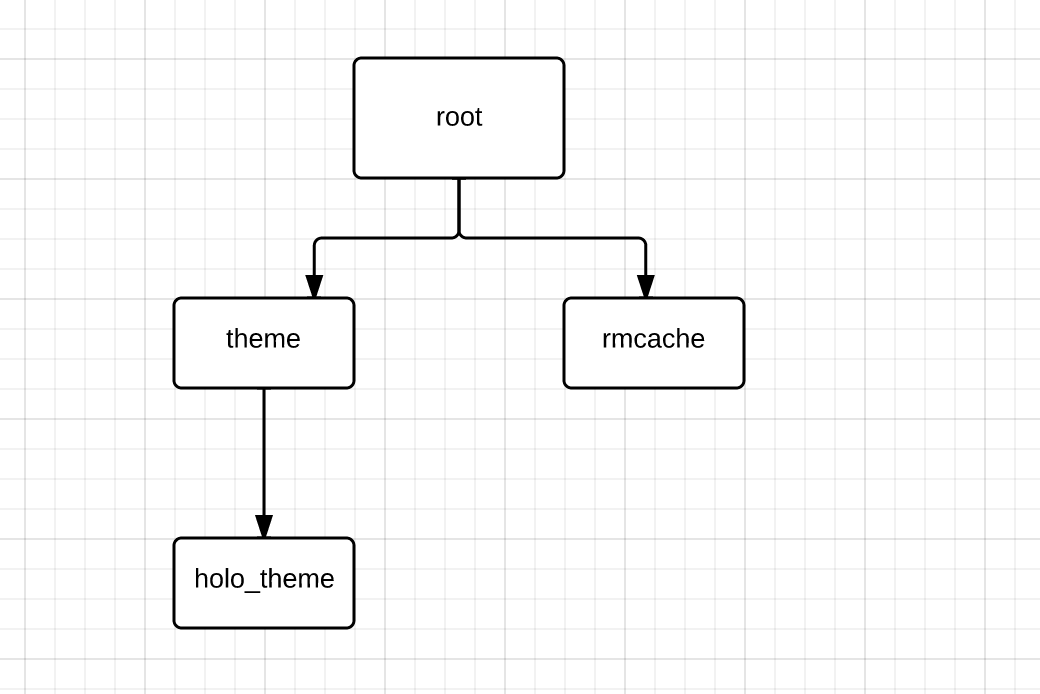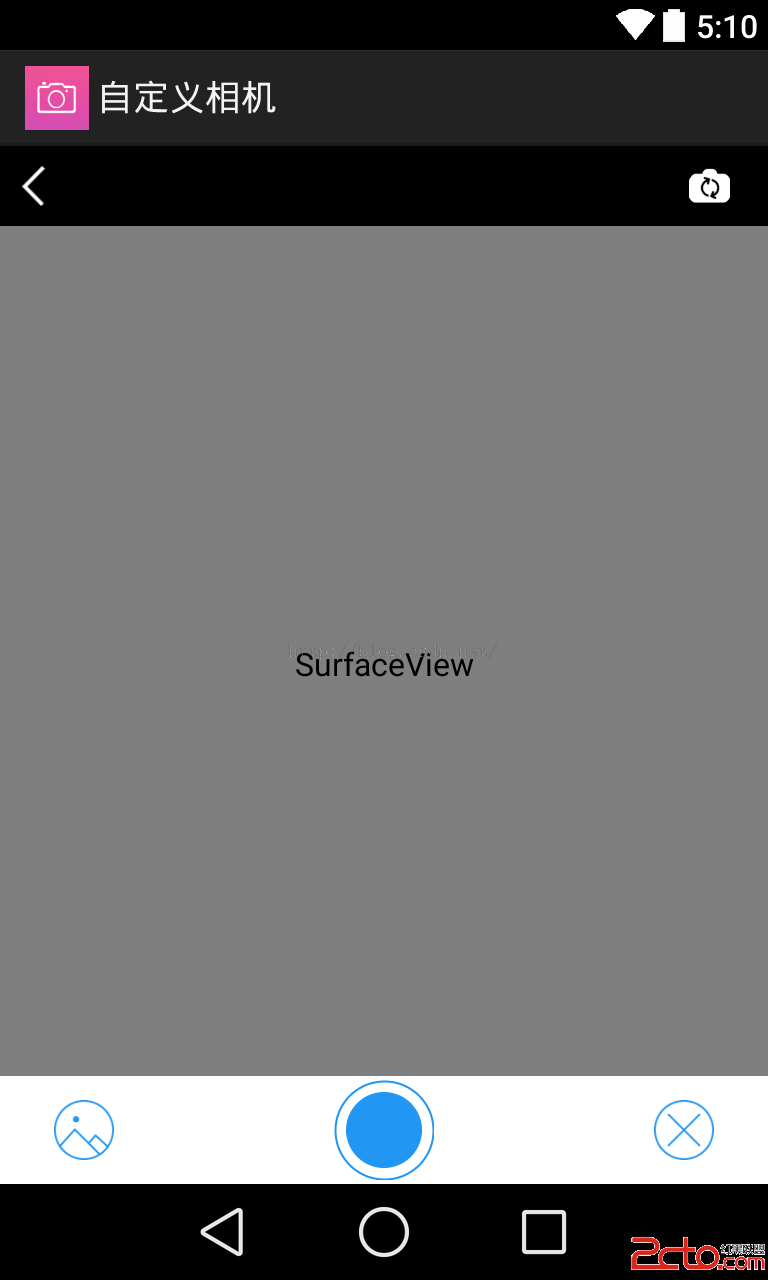編輯:關於Android編程
private void blueinit() {
BluetoothManager bluetoothManager = (BluetoothManager) getSystemService(BLUETOOTH_SERVICE);
//通過藍牙管理實例獲取適配器,然後通過掃描方法(scan)獲取設備(device)
bluetoothAdapter = bluetoothManager.getAdapter();
//打開藍牙
if(!bluetoothAdapter.isEnabled())
bluetoothAdapter.enable();
}
private void saomiaohuidiao() {
//掃描設備
callback = new BluetoothAdapter.LeScanCallback() {
@Override
public void onLeScan(final BluetoothDevice bluetoothDevice, int i, byte[] bytes) {
//重復過濾方法,列表中包含不該設備才加入列表中,並刷新列表
if (!deviceList.contains(bluetoothDevice)&&bluetoothDevice.getName().length()>1) {
//將設備加入列表數據中
deviceList.add(bluetoothDevice);
handler.sendMessage(new Message());
}
}
};
}
private void lianjietongxinhuidiao() {
bcallback = new BluetoothGattCallback() {
//連接狀態回調
@Override
public void onConnectionStateChange(final BluetoothGatt gatt, int status, final int newState) {
super.onConnectionStateChange(gatt, status, newState);
runOnUiThread(new Runnable() {
@Override
public void run() {
switch (newState) {
//已經連接
case BluetoothGatt.STATE_CONNECTED:
Log.d("TAG", "已連接");
bluetoothGatt.discoverServices(); //獲取服務
break;
//正在連接
case BluetoothGatt.STATE_CONNECTING:
Log.d("TAG", "正在連接");
break;
//連接斷開
case BluetoothGatt.STATE_DISCONNECTED:
Log.d("TAG", "已斷開");
break;
//正在斷開
case BluetoothGatt.STATE_DISCONNECTING:
Log.d("TAG", "斷開中");
break;
}
}
});
}
//連接上藍牙設備後觸發
@Override
public void onServicesDiscovered(BluetoothGatt gatt, int status) {
super.onServicesDiscovered(gatt, status);
//這裡可以獲得可以通信的BluetoothGattCharacteristic
}
//讀取
//BluetoothGatt.writeCharacteristic(BluetoothGattCharacteristic);
@Override
public void onCharacteristicRead(BluetoothGatt gatt, BluetoothGattCharacteristic characteristic, int status) {
super.onCharacteristicRead(gatt, characteristic, status);
Log.d("讀出", characteristic.getUuid() + "-" + characteristic.getValue());
Log.d("bcallback", "onCharacteristicRead");
}
//寫入觸發此方法需要調用
//BluetoothGatt.writeCharacteristic(BluetoothGattCharacteristic);
@Override
public void onCharacteristicWrite(BluetoothGatt gatt, BluetoothGattCharacteristic characteristic, int status) {
super.onCharacteristicWrite(gatt, characteristic, status);
Log.d("onCharacteristicWrite", String.valueOf(characteristic.getValue()));
}
@Override
public void onCharacteristicChanged(BluetoothGatt gatt, BluetoothGattCharacteristic characteristic) {
super.onCharacteristicChanged(gatt, characteristic);
Log.d("bcallback", "onCharacteristicChanged");
}
@Override
public void onDescriptorRead(BluetoothGatt gatt, BluetoothGattDescriptor descriptor, int status) {
super.onDescriptorRead(gatt, descriptor, status);
Log.d("bcallback", "onDescriptorRead");
}
@Override
public void onDescriptorWrite(BluetoothGatt gatt, BluetoothGattDescriptor descriptor, int status) {
super.onDescriptorWrite(gatt, descriptor, status);
Log.d("bcallback", "onDescriptorWrite");
}
@Override
public void onReliableWriteCompleted(BluetoothGatt gatt, int status) {
super.onReliableWriteCompleted(gatt, status);
Log.d("bcallback", "onReliableWriteCompleted");
}
@Override
public void onReadRemoteRssi(BluetoothGatt gatt, int rssi, int status) {
super.onReadRemoteRssi(gatt, rssi, status);
Log.d("bcallback", "onReadRemoteRssi");
}
@Override
public void onMtuChanged(BluetoothGatt gatt, int mtu, int status) {
super.onMtuChanged(gatt, mtu, status);
Log.d("bcallback", "onMtuChanged");
}
};
}
 Android 5.X新特性
Android 5.X新特性
首先,如果要使用Android 5.X的新特性,我們必須導入5.X的支持包FloatingActionButtonAndroid 的新的設計規范中具有陰影效果的懸浮窗按鈕
 Android中刪除Preference詳解
Android中刪除Preference詳解
Android的設置界面實現比較簡單,有時甚至只需要使用一個簡單的xml文件即可.聲明簡單,但是如何從PreferenceScreen或者PreferenceCatego
 Android 實現沉浸式狀態欄的方法
Android 實現沉浸式狀態欄的方法
沉浸式狀態欄的來源就是很多手機用的是實體按鍵,沒有虛擬鍵,於是開了沉浸模式就只有狀態欄消失了。於是沉浸模式成了沉浸式狀態欄。我們先來看下具體的效果開啟沉浸模式後,狀態欄消
 Android實現一個自定義相機的界面
Android實現一個自定義相機的界面
我們先實現拍照按鈕的圓形效果哈,Android開發中,當然可以找美工人員設計圖片,然後直接拿進來,不過我們可以自己寫代碼實現這個效果哈,最常用的的是用layout-lis